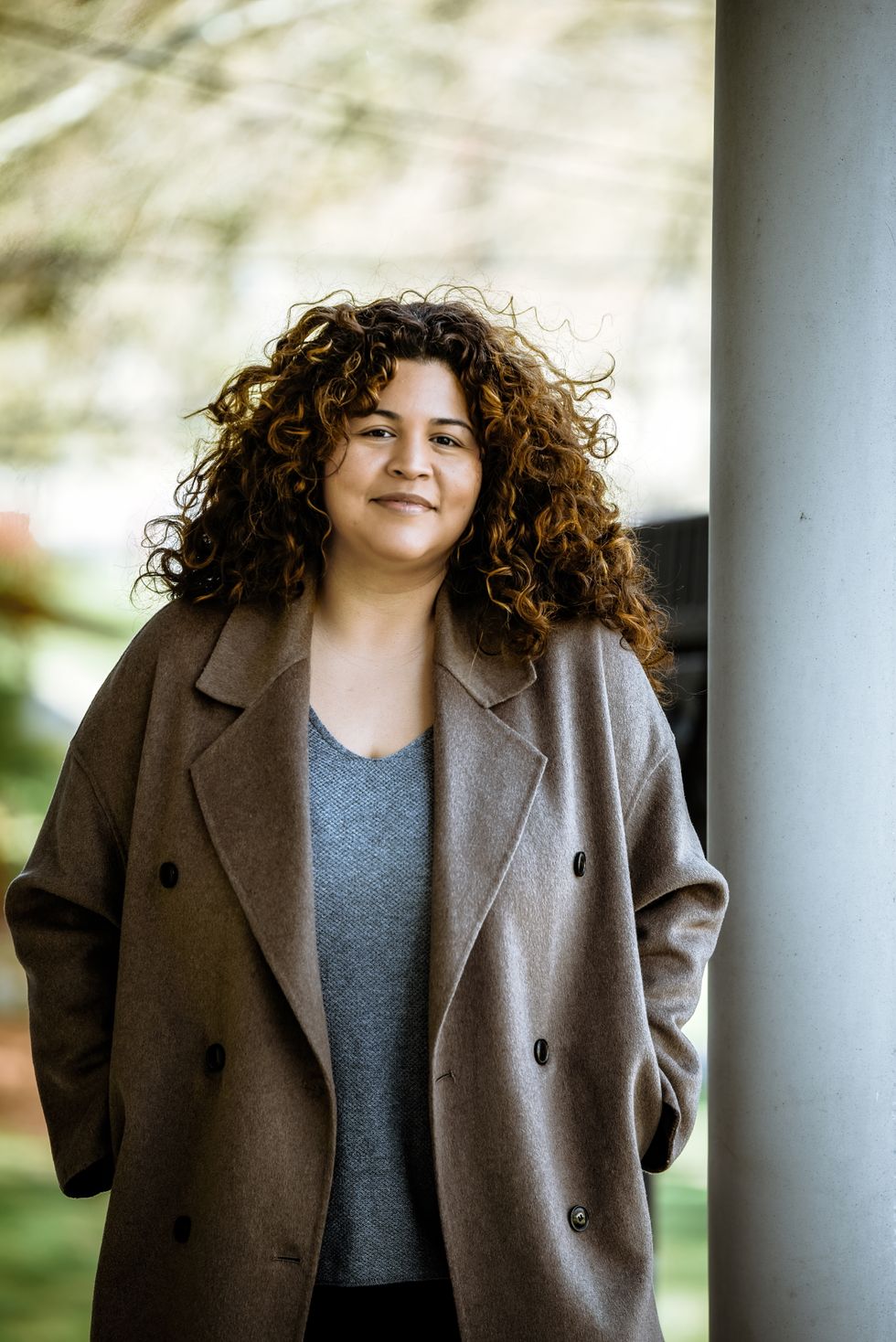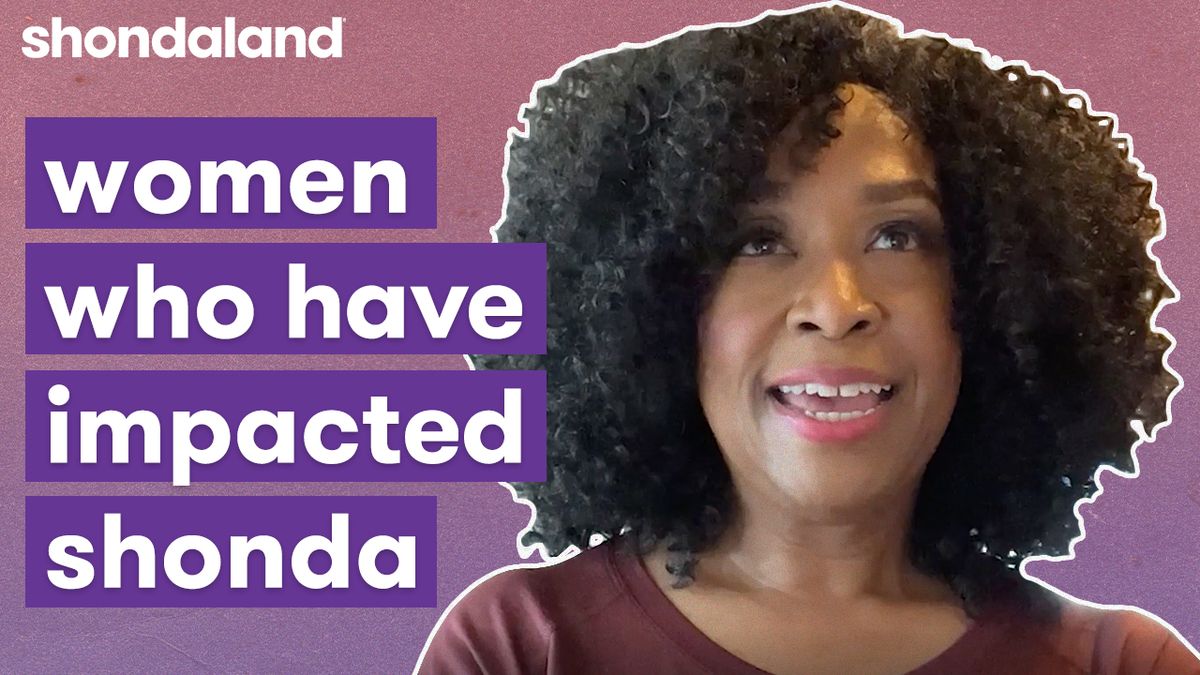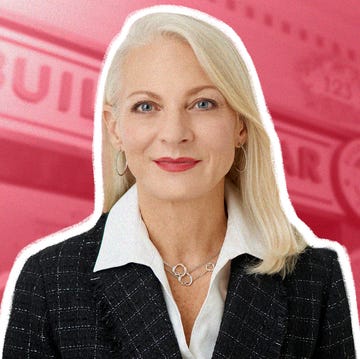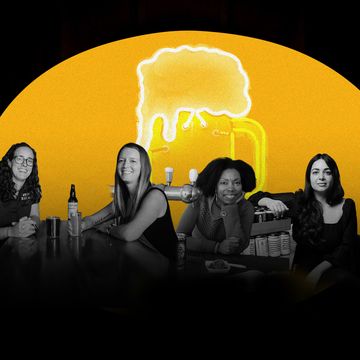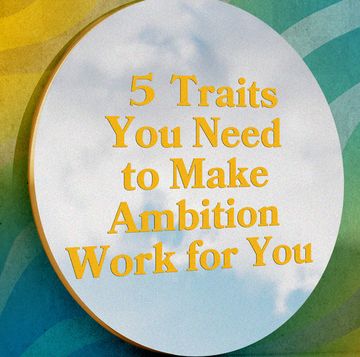When her son started kindergarten, Claudia Galindez felt an immense amount of pressure that she’d never experienced before. Her son was diagnosed with several learning disabilities, including dyslexia, and struggled with the transition. Galindez, who has decades of IT experience and was employed as a systems analyst at the time, found that she had trouble concentrating when she was at her desk.
“I realized I could not work at my usual level with so much in my head,” Galindez recalls. “My family and I made the decision that I would leave the workforce for an undefined period of time to help my son adjust.”
In 2019, Galindez left her job to help care for her son, enrolling him in a specialized school and overseeing his development at home. The situation improved, but after the pandemic struck, she found the possibility of returning to her profession dishearteningly difficult. “I elected to walk away, but you don’t realize just how tied your being is to something until you leave it,” the West Orange, New Jersey, native says.
“Leaving my career was scary,” she adds. “Deciding to go back to the workforce was even scarier. The applying phase of my search seemed endless and lonely. I would stay up nights applying to a bunch of positions — only not to hear back from anyone. On the occasion that I would land a quick interview, it seemed like I would wind up back at square one just as fast.”
Galindez’s brother-in-law discovered online that Audible, the audiobook and podcast service owned by Amazon, had a return-to-work program and suggested she apply. “I attended a virtual kickoff meeting where I learned more about the program,” she says. “[I] was fascinated that this was even a thing. The program requirements fit me to a tee, and I saw this as my way back into the industry.” Today, after participating in the program in 2021, she works as a security engineer at Audible. It wasn’t easy, but restarting her career was vital for Galindez’s well-being.
In struggling to find a pathway back to meaningful work, Galindez was part of the surge of men and women ousted from the workforce through unfortunate circumstances. Last year, the National Women’s Law Center revealed that roughly 1.79 million women and 1.75 million men have left the labor force entirely since February 2020.
Historically, women have departed the workforce for a variety of personal reasons: caring responsibilities, military service, pursuing further studies, and desire to travel, to name a few. That’s nothing new. But in 2020, when the pandemic led to a surge in women who were forced to leave their jobs to become makeshift math tutors, full-time chefs, and whatever else their households needed, many employers — and society as a whole — took notice of the glaring inequalities that have plagued women for years.
Last year, Vice President Kamala Harris shined a light on the approximately 2.5 million women who lost their jobs or dropped out of the workforce since the onset of the pandemic. “That’s enough to fill 40 football stadiums,” she wrote in The Washington Post. “This mass exodus of women from the workforce is a national emergency, and it demands a national solution.”
While return-to-work programs aren’t a totally new phenomenon, many are now providing critical access for women and others from traditionally marginalized communities. Employers such as Goldman Sachs, Deloitte, Boeing, and HubSpot previously initiated such programs, and Amazon and Meta introduced their own initiatives after Covid exacerbated the obstacles of returning to work.
Created in 2020, Audible’s Next Chapter program provides participants with a paid 16-week returnship. The first four to six weeks are focused on leadership interactions, panel discussions, and conversations with Audible’s employee-resource groups on topics including confidence building, impostor syndrome, and networking skills. Following completion of the program, and based on performance, returnees are offered full-time employment at Audible at mid-senior career levels.
“It’s no surprise that women have historically been an under-represented group in the tech industry, but when we saw data on how many people leave the workforce for caregiving reasons, and that most caregivers tend to be women, we recognized an untapped talent pool for our open tech roles,” says Supriya Mimani, Audible’s HR program management director.
On average, participants in Audible’s program — known as “returners” — have been out of the workforce for five to seven years. Mimani says they’ve had returners go back after career breaks for as long as 13 years. To apply, participants need to have taken a caregiving break of at least one year and have at least five years of relevant past work experience, depending on the role.
“Returners’ nontraditional career journeys and life experiences instill unique perspectives that lead them to contribute innovative thinking in the workplace,” Mimani says. “Every day, caregivers refine their empathy, prioritization, rolling with the unexpected, and navigating ambiguity. These are all skills that are critical in the corporate world.” Because of the program’s success, Mimani says, Audible hopes to hire at least 50 returnees in 2022.
The nonprofit organization Path Forward provided guidance to Audible on how to structure and support the participants of their program. Since 2016, Path Forward has been partnering with businesses across diverse industries to introduce and improve their returnship programs.
“The good news is that there isn’t really a right way to do a returnship,” says Path Forward executive director Tami Forman. “There are lots of ways to be successful.” She points to executive-level empowerment and actual employment opportunities as keys to strong returnships. “Having a project-based program is fine,” Forman explains, “but when the program is only about doing that project, and there’s no job connected to it, you can have lower conversion rates than you would have if it were attached to a job.”
Like Galindez, Minneapolis, Minnesota-based Deborah Chin left her role in graphic design when she became a mother in 2016. The birth of her daughter coincided with her decision to transition into user experience (UX) design, so between juggling classes to upskill and trying to look after her daughter full-time, her initial plans to return to work within a year faltered. Her casual freelance work was not enough to pay for childcare.
"When I started feeling like I needed to go back to work, about two years after my daughter’s birth, that period of time was definitely scary,” Chin says. “I worried about my age hindering me in tech. I worried about the stress of work. And I worried generally about whether I could land a job in UX.”
In 2018, Chin joined the Path Forward mailing list to receive job postings specifically for women returning to work. “It was only a couple months later that I received an email with a job listing for a UX designer at Walmart,” she says of the opportunity that led her to the retailer’s returnship.
The 16-week program turned into a full-time role for Chin as a product designer. She remained with Walmart until last August, when she joined the financial technology company Dave. For Chin and women like her, employment is more than a paycheck. “Work,” she says, “means comfort and security.”
Cat Woods is a Melbourne, Australia-based freelance writer and yoga and Pilates instructor who has contributed to The Sydney Morning Herald, Marie Claire, and The New York Times. Follow her on Twitter @catty_tweeter.
Get Shondaland directly in your inbox: SUBSCRIBE TODAY

